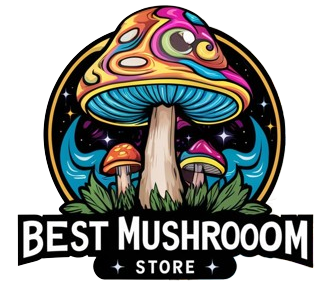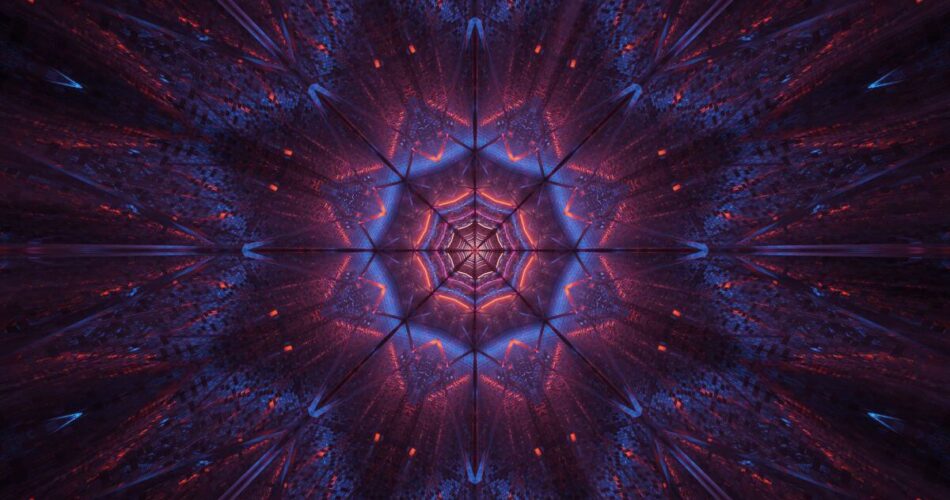Psychedelics are substances that alter perception, mood, and consciousness. What are different types of psychedelics, and how do they affect the brain? Read on to find out.
Some psychedelics are used in therapy to help people deal with mental health issues such as addiction, anxiety, and depression. But there are also risks associated with their use, and most of them are considered illegal by federal law in The United States and most countries in the world. Here you’ll find the most common types of psychedelics.
What Are Psychedelics?
Psychedelics are a class of psychoactive substances that induce hallucinations and altered states of consciousness. Although most psychedelics occur naturally, some can also be synthesized in the laboratory. Psychedelics are a class of psychoactive substances that produce profound alterations of consciousness and perception, usually involving experiences that the person regards as mystical or spiritual in nature. Read on to learn more about different types of psychedelics.
Types of Psychedelics: Synthetic Vs. Natural Hallucinogens
There are different types of psychedelics, including synthetic hallucinogens are man-made drugs. The latter are chemically engineered to mimic the effects of naturally occuring psychedelics. Many have been found in designer drug and party drug lists, including LSD and MDMA. These common hallucinogens, which can be injected or inhaled, come in a variety of forms from powder to tablets to liquid. Psilocybin is a naturally occurring psychedelic compound produced by more than 200 species of mushrooms, collectively known as psilocybin mushrooms. The most potent are members of the genus Psilocybe, such as P. azurescens, P. semilanceata, and P. cyanescens, but psilocybin has also been isolated from about a dozen other genera.
Types of Psychedelics
Psychedelics are a class of psychoactive substances whose primary action is to trigger non-ordinary states of consciousness (known as psychedelic experiences or “trips”). There are several hallucinogenic substances and each of them is different, with some having a more intense effect than others. The main thing that these drugs have uncommon is that they can alter your perception. The following list is only a fraction of all psychedelic substances, but these types of psychedelics are the most common ones.
LSD
LSD (lysergic acid diethylamide) is a synthetically made mind-altering drug. LSD is commonly called by its street names “acid” or “trips”. The effects of this drug are very unpredictable.LSD’s effects vary from person to person and from one trip to another. The physical effects include dilated pupils, increased body temperature, increased heart rate and blood pressure, sweating, loss of appetite, sleeplessness, dry mouth, tremors.
Long-Lasting Effects, Known as “Flashbacks”
LSD users experience long-lasting psychological effects. Flashbacks can persist for years after a single use of the drug. A flashback occurs suddenly and may occur within a few days or more than a year after LSD use. Flashbacks usually occur in people who use hallucinogens chronically or have an underlying personality problem; however, otherwise healthy people who use LSD occasionally may also have flashbacks.
Psilocybin or Magic Mushrooms
The difference between different types of psychedelics such as LSD and Psilocybin is that the latter is found in nature while LSD is synthetic. Psilocybin mushrooms are fungi that contain the psychedelic compounds psilocybin and psilocin. They are also known as magic mushrooms or ‘shrooms.’ When ingested, they produce hallucinations which can last up to six hours depending on dosage and individual metabolism.
DMT
DMT, also known as dimethyltryptamine, is an illegal, psychedelic tryptamine compound found in the human body and at least ~60 species of plants worldwide. DMT is the primary psychoactive compound in ayahuasca, an Amazonian brew traditionally used for shamanic rituals. DMT has also been found in a variety of animals (including humans) and plants, and thus may play a role in regulating consciousness and mood. For example, DMT is structurally similar to serotonin (an important brain chemical involved in mood regulation), and early studies suggest that it may affect the same brain receptors as antidepressants do.
MDMA
MDMA is a synthetic substance commonly known as ecstasy, although the latter term has now been generalized to cover a wide range of other substances. Originally developed in 1912 by the Merck chemical company, it was never marketed as such. MDMA is an entactogen – a class of psychoactive drugs that produce experiences of emotional communion, oneness and empathy. It’s also a phenethylamine and amphetamine, making it chemically similar to stimulant drugs like amphetamine and methamphetamine.
Peyote
Peyote (Lophophora williamsii) is a small, spineless cactus with psychoactive alkaloids, particularly mescaline. Peyote is native to Mexico and southwestern Texas. Mescaline is derived from the peyote cactus. The active principles of mescaline are alkaloids, which are present in almost all parts of the plant, although mostly in the buttons that grow on the top of the plant. Peyote buttons can be chewed or soaked in water to make a psychoactive tea. Mescaline, however, can be produced synthetically as well.
Ketamine
Ketamine, a dissociative anesthetic and psychedelic, was first synthesized in 1962. It is legal for medicinal use in the U.S., and was recently approved by the FDA as an antidepressant. It is different from other psychedelics because it isn’t a serotonergic drug. Serotonin is a neurotransmitter that regulates mood, memory and sleep. Ketamine works through its effects on a different brain system called glutamate. Glutamate is responsible for learning and memory, and it also controls consciousness when you’re awake. Ketamine has been shown to help people with treatment-resistant depression. This means ketamine helps people who haven’t responded to other antidepressants.
Psychedelic Effects
There are many types of psychedelics, but they all work in the same way on the brain. When you take a psychedelic drug, a neurotransmitter called serotonin is released in your brain. This has a very strong effect on how you perceive reality. It can make you see things that do not exist or make hallucinations similar to reality (known as “psychedelic trips” or “trip”). Psychedelics are not without their risks. In fact, they can be dangerous if used incorrectly. It is important to remember that psychedelics can be risky, even potentially life-threatening, if you don’t use them in the right environment or if you’re struggling with a mental health condition.
Similar Posts:
- Mescaline vs. LSD – Let’s Compare These Popular Hallucinogens
- Psychedelics: Psilocybin, Therapeutic Potential and All About Psychedelic Drugs
- DMT vs LSD: What Do We Know About These Two Psychedelic Substances?
- Psychedelics for Depression: All About Mental Health Treatment With Psychedelic Drugs
- Peyote Effects on the Brain: Prickly Affair
- Prozac and Shrooms: Is This Antidepressant Safe to Take With Psilocybin?
- Microdosing Psychedelics: Challenges and Effectiveness of Microdosing




